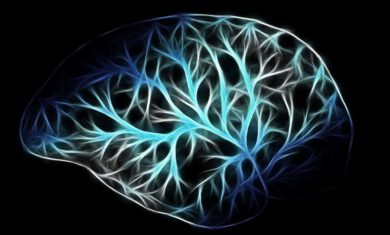The last mental model that I’m going to unpack, before going back to my normal cadence of blogging, is the idea of “thought experiments”. While these mental models were presented in alphabetical order, this one is a perfect one to end on, as it’s a great way to tie all of the rest together.
Sometimes thought experiments are ways to think through an experiment before you test it in the real world. This is what Galileo did in the 17th century, where he fought conventional wisdom and claimed that two balls (one light, one heavy), dropped from a tower would land at the same time. He spent a lot of time thinking through and calculating the experiment ahead of time, and then when he eventually did the experiment for real, he was proven correct.
Other thought experiments are important because they can’t be tested in the real world, so accuracy in the thought experiment itself is very important. One of the best examples of this are Einstein’s thoughts on what it would be like to catch up to a beam of light (which was made into a fascinating children’s book).
Some thought experiments are simply meant to cause you to think, and may have no real answer. An example of this is the famous “trolley problem“, which ultimately doesn’t have a right or wrong answer.
Thought experiments can be a great way to think about potential solutions to problems that you have, and running them through various mental models can help them be far more effective.
You can find the full list of the 21 mental models that I’ve discussed here, and it’s on to other topics starting tomorrow.




